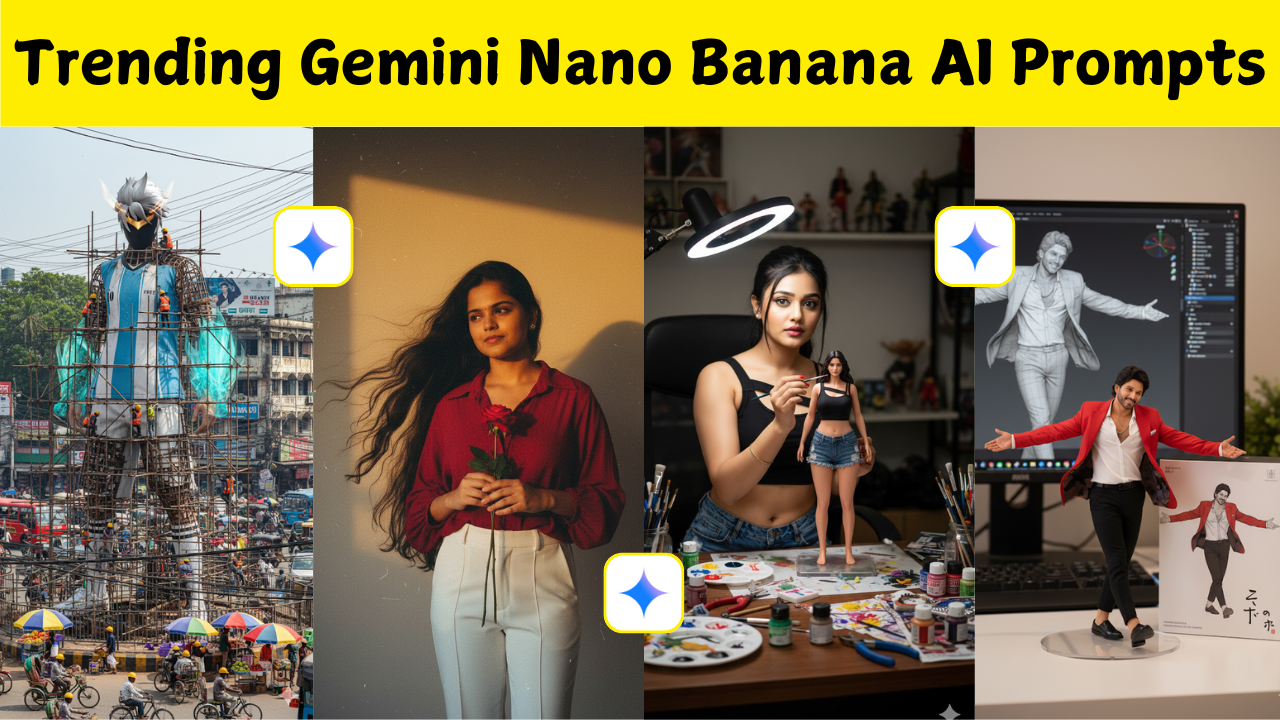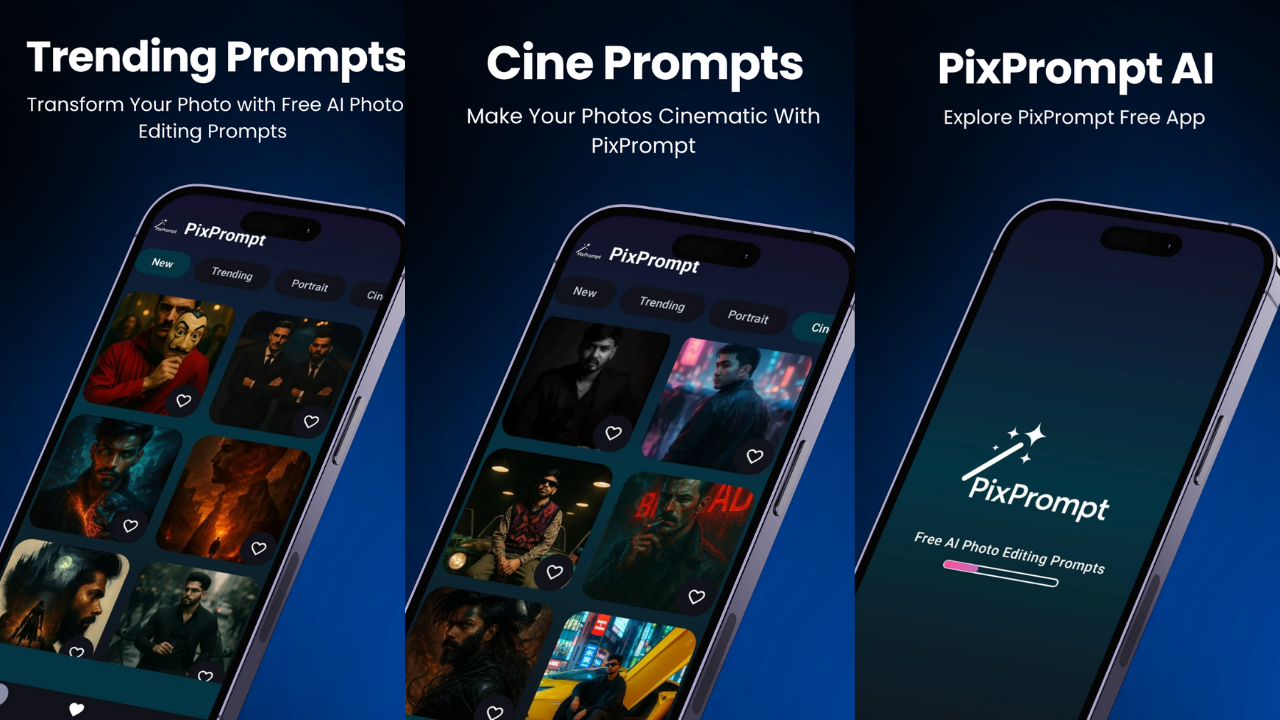Understanding the Concept of “Only Red Settings”
The term “Only Red Settings” refers to a visual configuration or effect that isolates and enhances only the red tones in an image, game, or user interface. This unique setting can be found in various creative tools, including photo editing apps, color grading software, and themed lighting systems. Its main purpose is to spotlight red hues while muting or eliminating other colors in the spectrum.
Where You’ll Find Only Red Settings in Action
Only Red Settings are popular in several domains. In photography and video editing, they’re often used to create dramatic emphasis or to draw the viewer’s eye to red elements. In gaming, some immersive experiences allow players to filter environments in specific tones—including all-red—to simulate alert modes, warnings, or enhanced targeting. Even smart home lighting systems offer “red-only” themes for mood setting or sleep enhancement.
Why Red? The Psychological and Aesthetic Impact
Red is more than just a primary color—it’s a symbol of passion, danger, urgency, and excitement. Designers use red to provoke emotion, attract attention, and stimulate action. By removing all other colors and letting red dominate the visual field, creators can create a sense of intensity that few other colors can match. This makes Only Red Settings an effective artistic and functional choice.
How to Apply Only Red Settings in Photo Editing Apps
In most modern editing tools like Lightroom, Snapseed, or Photoshop, you can isolate red using selective color adjustment or channel mixer features. You begin by desaturating all colors except red, or by increasing the red channel’s saturation and contrast. The result is a powerful image with every other element faded or grayscale, while the red tones pop with fiery brilliance.
Only Red Settings in Videography and Cinematography
Directors and video editors use red filters or lighting to convey emotion or danger. Think of a thriller scene bathed in red light to show tension. Using an “only red” grading can also serve to signify flashbacks, hallucinations, or sci-fi effects. This technique is widely used in music videos, indie films, and short cinematic edits for platforms like Instagram Reels or YouTube Shorts.
Gaming and Red-Only Modes
Some video games, especially in the action or horror genres, feature red-only vision modes. These settings are often linked to a character’s special ability, night vision, or alert status. The idea is to heighten player awareness, provide visual contrast for enemies or objects, and inject a sense of urgency. Popular examples include games with infrared modes or stealth-based mechanics.
LED Lights and Smart Device Red Themes
With the rise of RGB lighting and smart home setups, red-only themes are gaining popularity. They’re used in gaming rooms, meditation spaces, or sleep environments. Red light, especially at low intensity, is known to have minimal impact on melatonin levels—making it a favorable option for nighttime illumination.
Artistic Uses of Red-Only Concepts
In graphic design and abstract art, using only red tones can create bold, memorable visuals. From posters and album covers to digital installations and NFTs, red-only palettes evoke strong emotions. Artists often explore monochromatic red themes to challenge perceptions or evoke specific responses from viewers.
Potential Downsides or Limitations
While Only Red Settings are visually striking, they’re not always practical. Overuse can lead to visual fatigue or make interfaces harder to navigate. In photo editing, relying solely on red tones may obscure detail or flatten an image’s depth. It’s best to use this effect strategically and with a clear purpose.
Final Thoughts on Using Only Red Settings Creatively
Whether you’re editing a photo, designing an interface, or lighting your room, Only Red Settings offer a compelling way to express energy, emotion, and creativity. It’s a powerful stylistic choice that, when used correctly, can set your content apart from the crowd.






